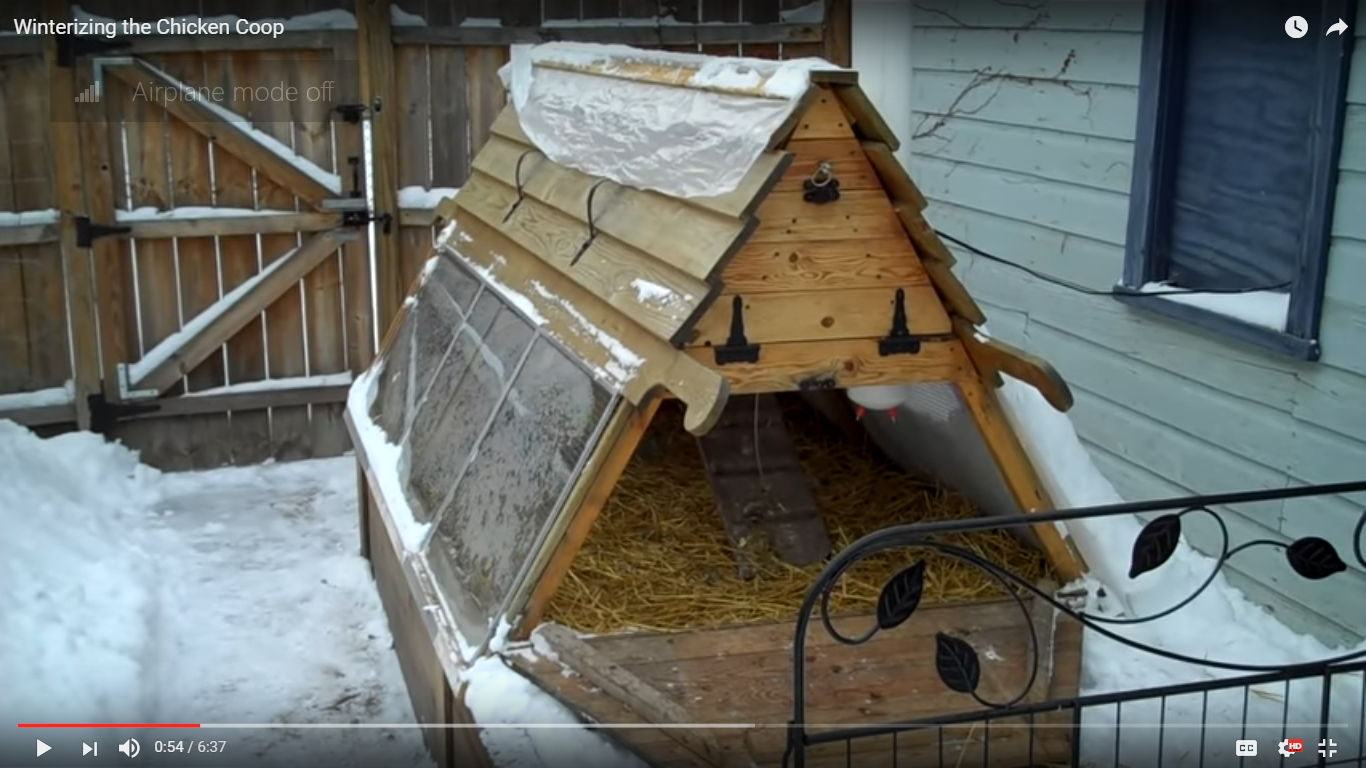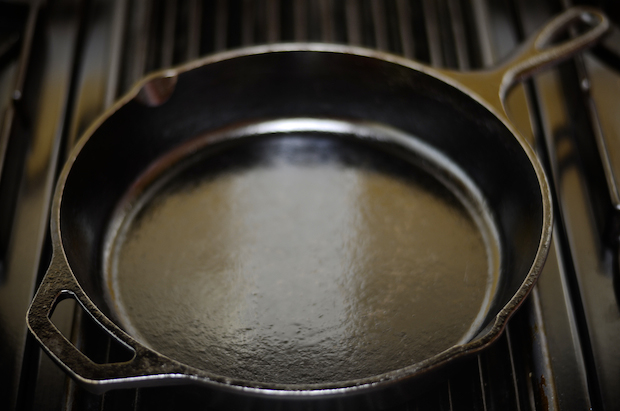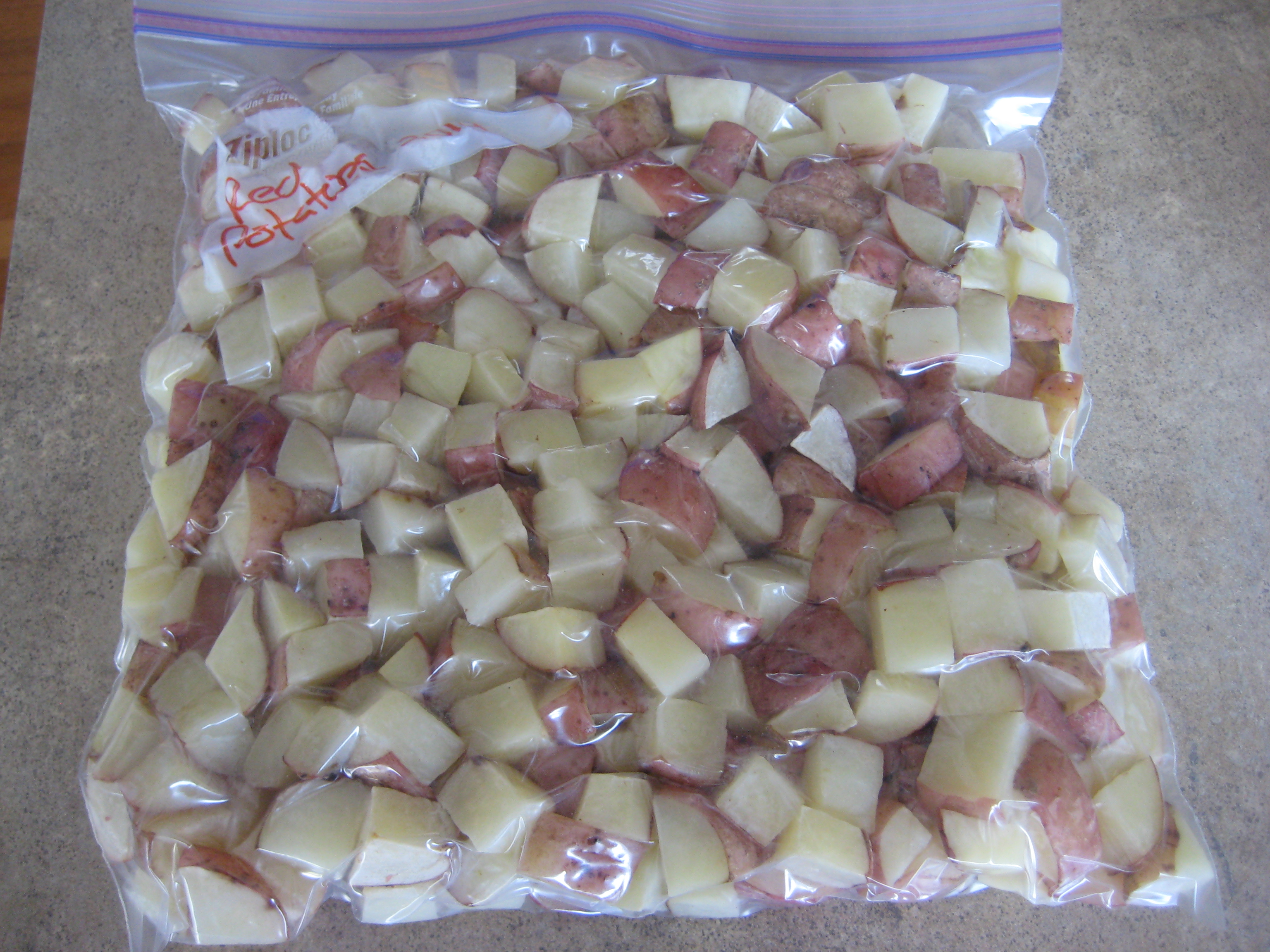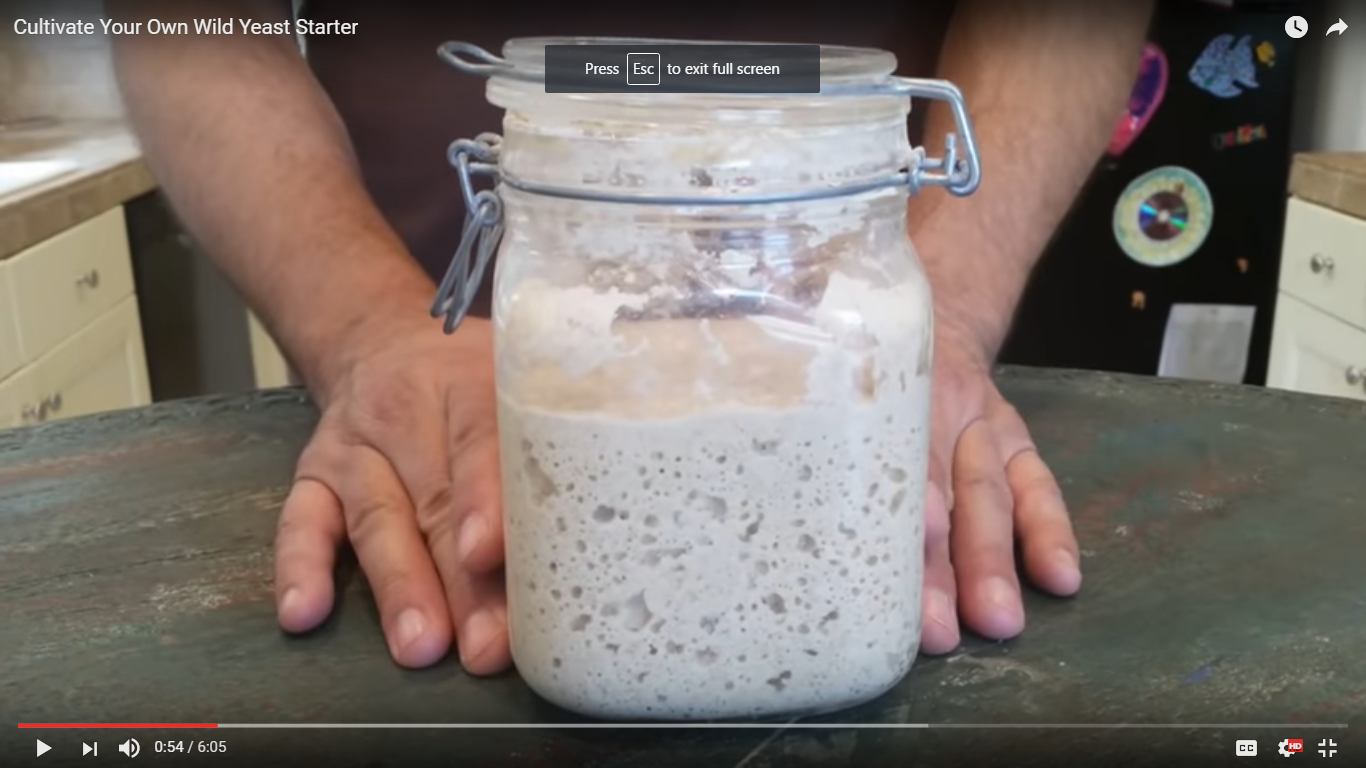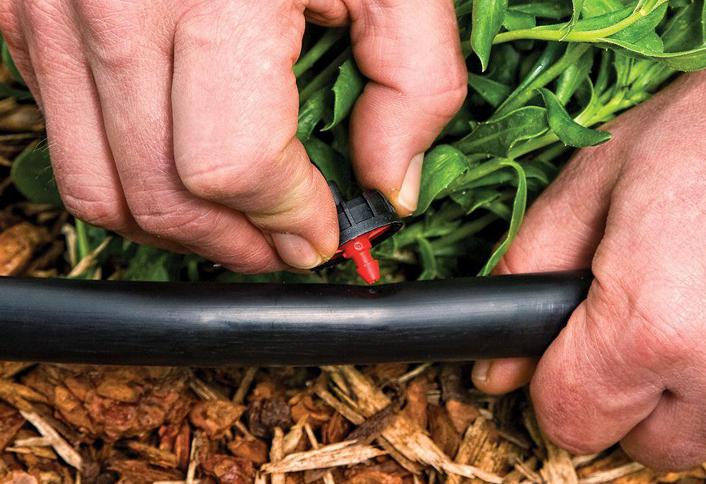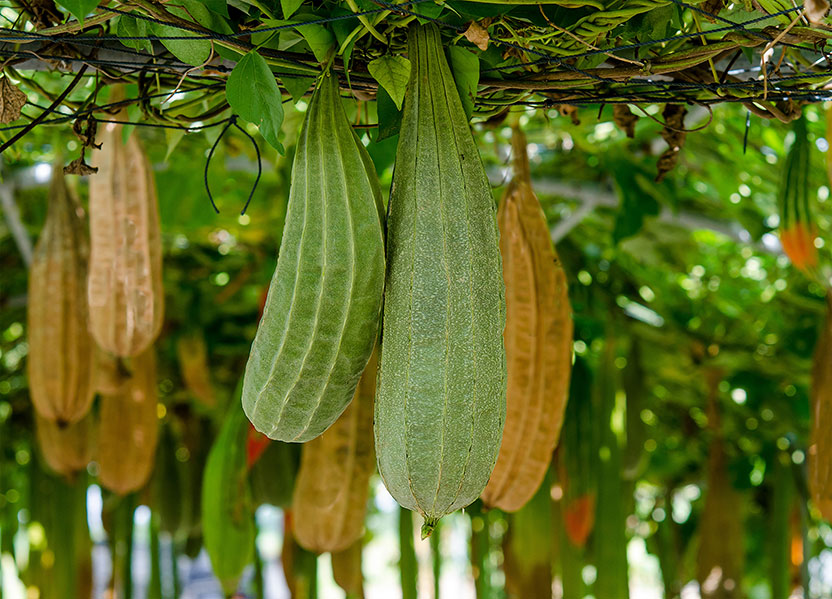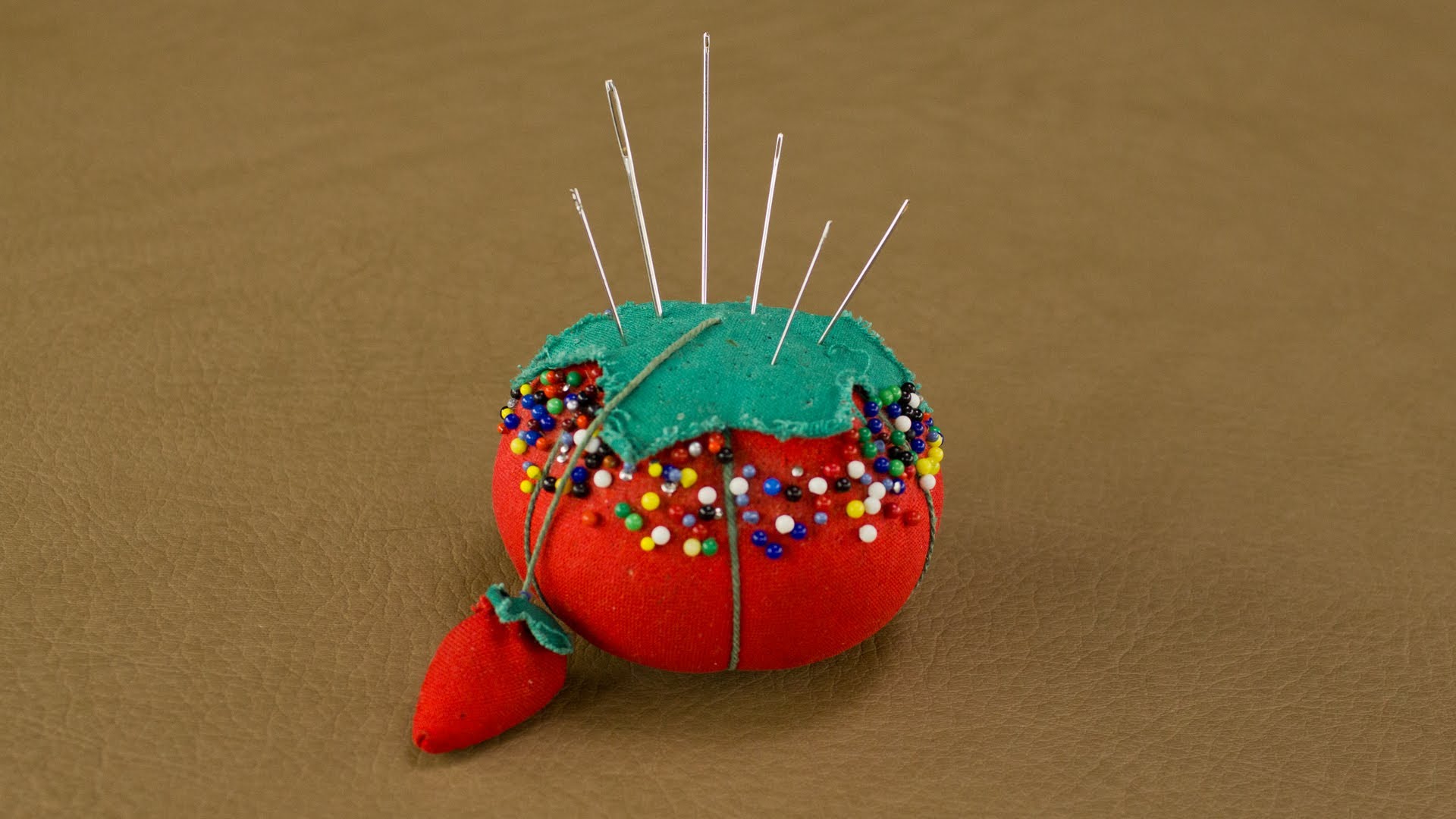Winterizing the Chicken Coop (Video)
We love our feathered friends, so it’s important that we make sure they have the best care through the winter! This clever Chicago couple kept getting questions as to how they cared for their backyard chickens through the notoriously brutal Chicago winters, so they made a video to show what they did. Their chicken coop … Read more

